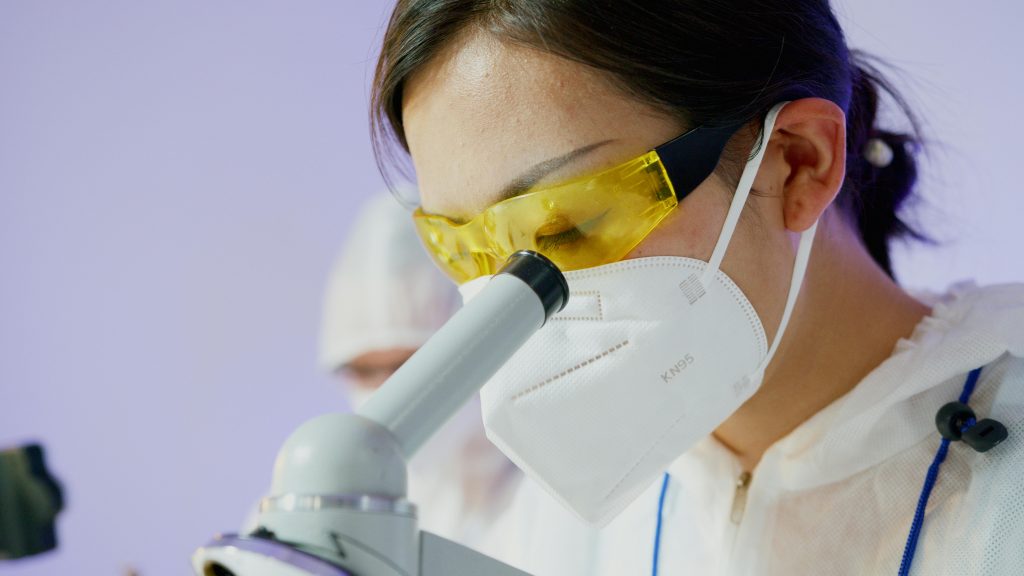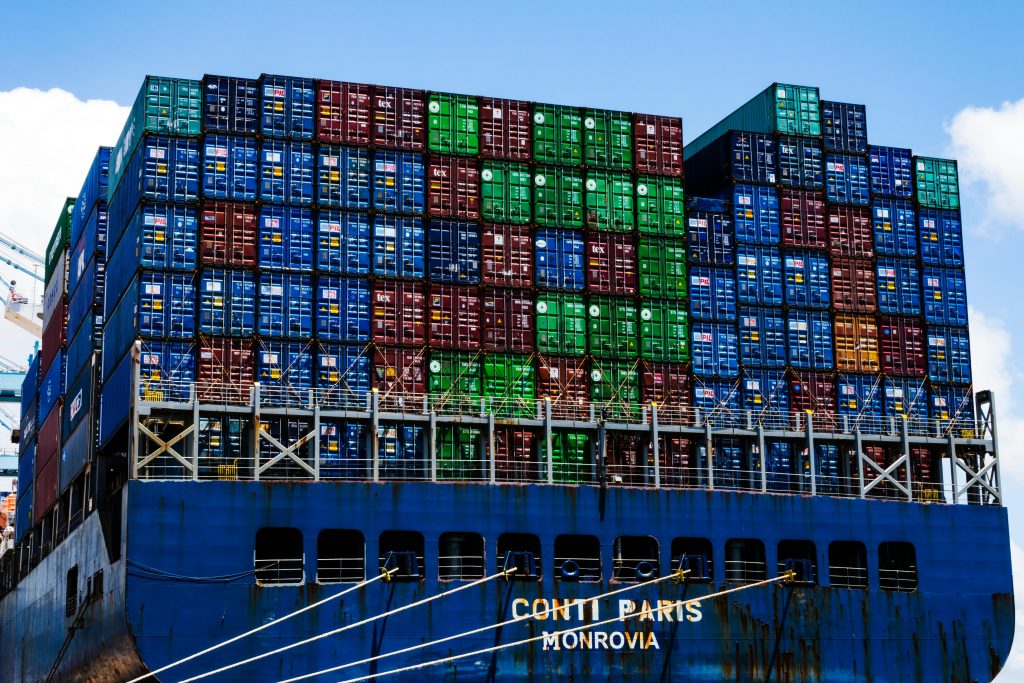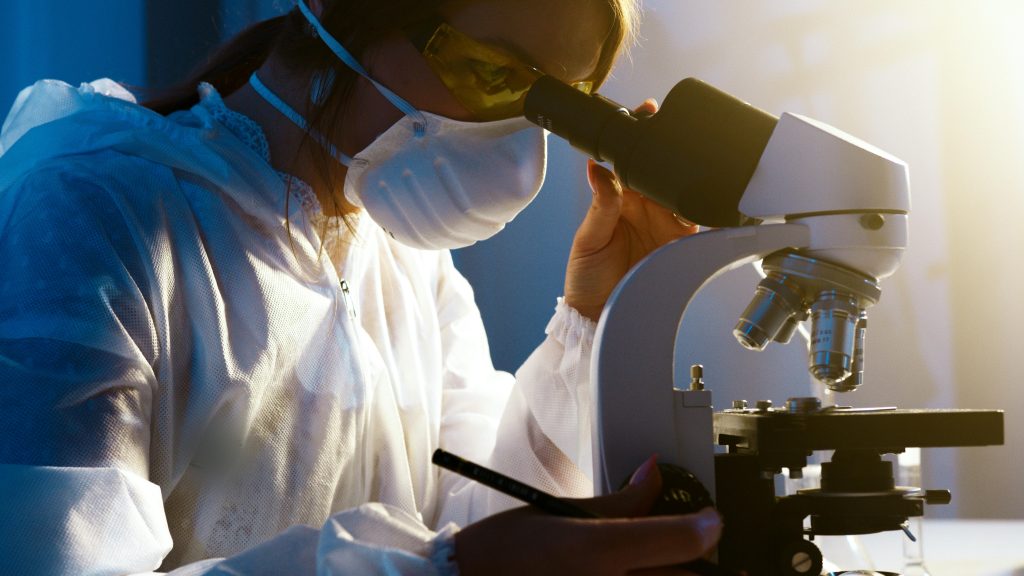Biomedical engineering is a dynamic field that bridges the gap between medicine and technology, offering innovative solutions to improve healthcare outcomes. However, like any rapidly evolving industry, it faces significant challenges. From regulatory hurdles to supply chain disruptions, these obstacles can hinder progress and delay the delivery of life-saving technologies. This article explores the key challenges in biomedical engineering, their impact on the global supply chain, and strategies to overcome them for a more resilient and efficient future.
Key Challenges in Biomedical Engineering
Biomedical engineering is at the intersection of innovation and complexity. While advancements in this field have the potential to revolutionize healthcare, several challenges must be addressed to fully realize its potential.
Regulatory Compliance and Approval Processes
One of the most significant challenges in biomedical engineering is navigating the complex regulatory landscape. Medical devices and technologies must undergo rigorous testing and approval processes to ensure safety and efficacy. These processes can be time-consuming and costly, often delaying the introduction of innovative solutions to the market. For example, obtaining FDA approval for a new medical device can take several years, requiring extensive clinical trials and documentation. This delay can be particularly problematic for startups and smaller companies with limited resources.

High Development Costs
The development of biomedical technologies often requires significant investment in research, prototyping, and testing. High costs can be a barrier to innovation, especially for smaller organizations. Additionally, the need for specialized materials and equipment further drives up expenses. For instance, the production of advanced prosthetics or implantable devices requires biocompatible materials that are often expensive and difficult to source. These costs can limit the accessibility of cutting-edge technologies, particularly in low-resource settings.

Supply Chain Disruptions
The global supply chain is critical to the production and distribution of biomedical devices and technologies. However, disruptions caused by geopolitical tensions, natural disasters, or pandemics can severely impact the availability of essential components. The COVID-19 pandemic highlighted the vulnerabilities of the global supply chain, with shortages of critical medical supplies such as ventilators and personal protective equipment (PPE). These disruptions not only delay production but also increase costs, making it harder for companies to meet demand.

Approaches to Overcoming Biomedical Engineering Challenges
Addressing the challenges in biomedical engineering requires a multi-faceted approach, combining technological innovation, strategic planning, and collaboration across industries. Here are some strategies to overcome these obstacles:
Streamlining Regulatory Processes
To accelerate the approval of biomedical technologies, regulatory agencies and industry stakeholders must work together to streamline processes. This could include adopting risk-based approaches to approvals, where low-risk devices undergo faster reviews, and leveraging real-world evidence to supplement clinical trial data. Additionally, harmonizing regulatory standards across countries can reduce duplication of efforts and facilitate global market access. Initiatives such as the International Medical Device Regulators Forum (IMDRF) are already working towards this goal.
Leveraging Digital Technologies
Digital technologies such as artificial intelligence (AI), machine learning, and blockchain can play a crucial role in overcoming challenges in biomedical engineering. For example, AI can optimize the design and testing of medical devices, reducing development time and costs. Blockchain can enhance supply chain transparency, ensuring the authenticity and traceability of components. Moreover, digital platforms can facilitate collaboration between researchers, manufacturers, and regulators, enabling faster innovation and problem-solving.

Building Resilient Supply Chains
To mitigate the impact of supply chain disruptions, companies must adopt resilient strategies such as diversifying suppliers, increasing inventory buffers, and investing in localized production. For example, sourcing critical components from multiple regions reduces dependency on a single supplier and minimizes the risk of shortages. Additionally, predictive analytics can help companies anticipate disruptions and adjust their supply chain strategies accordingly. By analyzing historical data and market trends, businesses can identify potential risks and take proactive measures to address them.

The Future of Biomedical Engineering and Global Supply Chains
As biomedical engineering continues to evolve, the global supply chain must adapt to meet the demands of an increasingly complex healthcare landscape. Emerging trends such as personalized medicine, regenerative therapies, and AI-driven diagnostics are set to redefine patient care, requiring innovative supply chain solutions.
Personalized Medicine and Customization
Personalized medicine, which tailors treatments to individual patients based on their genetic makeup and lifestyle, is becoming increasingly prevalent. This approach requires a highly flexible supply chain capable of delivering customized medications and devices. Advances in genomics and data analytics are driving the growth of personalized medicine. However, the supply chain must overcome challenges such as the high cost of customization and the need for stringent quality control.

Regenerative Medicine and Biomanufacturing
Regenerative medicine, including stem cell therapy and tissue engineering, holds immense potential for treating previously incurable conditions. However, the production and distribution of regenerative therapies require specialized supply chains to maintain the integrity of biological materials. Biomanufacturing facilities equipped with advanced bioreactors and cryogenic storage systems are essential for scaling up production. Collaborative efforts between researchers, manufacturers, and regulators are crucial to ensure the safe and efficient delivery of these therapies.

AI-Driven Diagnostics and Predictive Analytics
Artificial intelligence is transforming diagnostics by enabling the analysis of vast amounts of medical data to identify patterns and predict outcomes. AI-powered tools can detect diseases at an early stage, improving the chances of successful treatment. The integration of AI into the supply chain is also enhancing predictive analytics. By analyzing historical data and market trends, companies can forecast demand more accurately, ensuring that medical devices and pharmaceuticals are available when needed.

Conclusion
The field of biomedical engineering is poised to revolutionize healthcare, offering innovative solutions to improve patient outcomes. However, challenges such as regulatory hurdles, high development costs, and supply chain disruptions must be addressed to fully realize its potential. By adopting strategies such as streamlining regulatory processes, leveraging digital technologies, and building resilient supply chains, the industry can overcome these obstacles and pave the way for a brighter future. As we move forward, collaboration between stakeholders, including researchers, manufacturers, regulators, and healthcare providers will be essential to create a sustainable and patient-centric healthcare ecosystem.
References
- Streamlining Regulatory Processes for Medical Devices, Journal of Biomedical Engineering, https://www.jbe.com/regulatory-processes
- The Role of AI in Biomedical Engineering, Healthcare Innovation Journal, https://www.healthcareinnovation.com/ai-biomedical
- Building Resilient Supply Chains in Healthcare, Supply Chain Today, https://www.supplychaintoday.com/resilient-healthcare
- Personalized Medicine: Challenges and Opportunities, Personalized Medicine Today, https://www.pmtoday.com/personalized-medicine
- Regenerative Medicine and the Future of Biomanufacturing, RegenMed Journal, https://www.regenmedjournal.com/biomanufacturing
